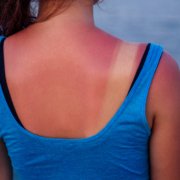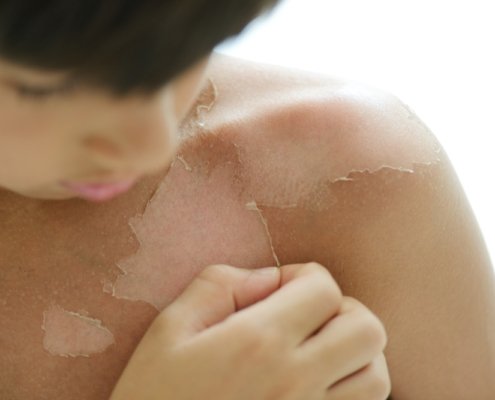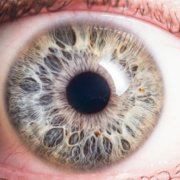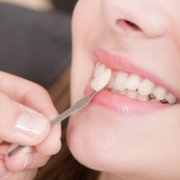Common Culprits That Cause Skin Damage
Multiple factors, from sun exposure to annoying irritants, can cause you skin damage. You should know them and how to fight back.
As it is that sensitive, your skin is affected by everything from the excruciating light of the sun to irritating detergents and cigarettes.
Take a look at the most common culprits of skin damage and find out how you can fight them off.
- Sun Exposure
Given how busy you are each day, sun exposure might be inevitable but you have to make sure that doesn’t damage your skin. According to most dermatologists, the sun is the biggest cause of skin damage.
The ultraviolet rays of the sun break down the various components of the skin such as collagen and elastin that help keep your skin looking smooth. These rays also affect melanocytes, which can lead to changes in your skin’s pigmentation.
To avoid skin damage that can be caused by the sun, dermatologists advise staying out of the sun during the middle of the day when the sun’s rays are strongest, wear protective clothing such as a hat, and using a broad-spectrum sunscreen — one that protects against both UVA and UVB rays — with a sun protection factor of 30 or higher. Don’t forget to re-apply every two hours for maximum protection.
- Smoking Cigarettes
Overall, the skin of a smoker isn’t as healthy and doesn’t heal as well as a nonsmoker’s skin. It also has a tendency to wrinkle easily. That’s because smoking cigarettes causes your blood vessels to constrict, or become narrower, and that lowers the number of nutrients and oxygen that reach the skin and keep it healthy.
As a result, the skin loses elasticity, meaning it can’t snap back into shape as easily. This lack of nutrients also makes it harder for the skin to heal when you have a wound and can lead to skin ulcers. In women, smoking leads to lower estrogen levels, which dries out the skin.
Cigarettes can also cause the skin on your face to become dry, more prone to wrinkles and stretch marks, and appear dull and gray. Wrinkles can appear in smokers as young as in the early thirties, but quitting can help you avoid premature aging.
If you have trouble quitting, talk to your doctor about the best smoking cessation option for you. Nicotine gum, inhalers, lozenges, nasal spray, and patches can all help you quit, along with prescription medications such as bupropion, varenicline, nortriptyline, and clonidine.
- Free Radicals
One of the ways the sun damages your skin is through the production of harmful substances called free radicals, which are unstable oxygen molecules with a single electron. In short, dermatologists think that ultraviolet light from the sun can lead to damaged DNA and skin damage.
Free radicals may even play a role in the development of skin cancer. They are also the result of exposure to tobacco products or other environmental factors.
Some skin care products contain antioxidants such as vitamins C and E that can help lessen the effects that free radicals have on your skin. Eating plenty of fresh fruits and vegetables, which contain antioxidants (especially berries, broccoli, carrots, and spinach), can also promote healthy skin.
- Skin Irritants
Certain chemicals in cleaning products and laundry detergent can cause red, irritated skin and allergies in people who are susceptible. For instance, ammonia and bleach have a tendency to irritate the skin. These chemicals may cause contact dermatitis, which causes scaling, irritation, and sometimes even a chemical burn. People with sensitive skin may experience more skin irritation than others. There are also over 3,000 substances in our environment that can cause allergies.
The easiest way to protect your skin from irritants is to avoid contact, either by wearing gloves when you clean or wash dishes or by switching to less irritating products. Also, moisturizing your skin can help. Some people may need an antihistamine or steroids for treatment.
Knowing these culprits will help you be wary of what causes damage to your skin.
A healthy and proper skin regimen will most certainly help your cause along with religious skincare treatments.
Our dermatologists at Shinagawa Aesthetics are more than capable of protecting your skin from damage thru proper care and treatment.
Call our Patient Care Lines (+632) 368 5238 | (+63) 917 862 7454 | (+63) 921 217 0517 for a FREE derma consultation to know what’s best for your skin and wellness.







